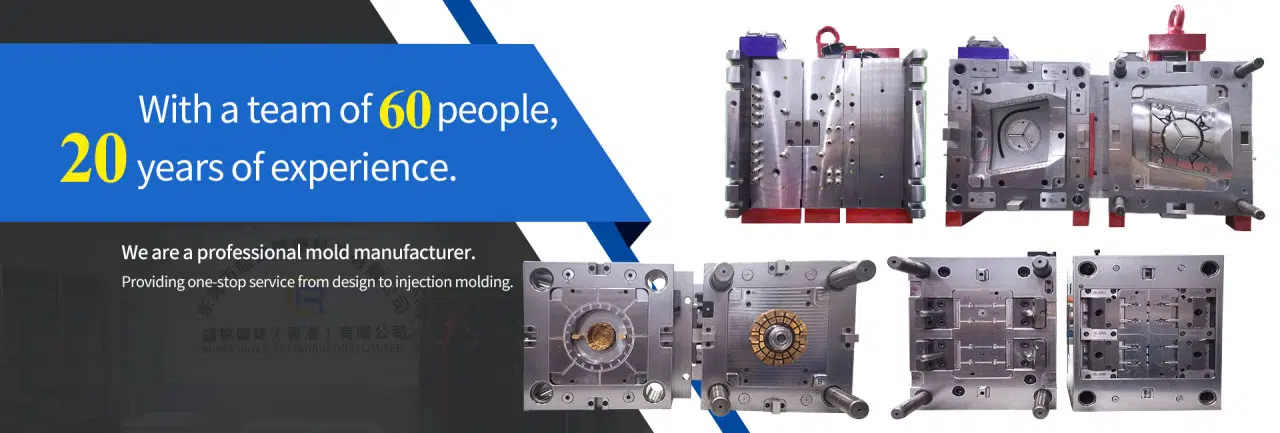
# 5-Axis Machining: Advanced Techniques and Applications
Keyword: 5-Axis Machining
## Introduction to 5-Axis Machining
5-axis machining represents a significant leap forward in the world of CNC (Computer Numerical Control) manufacturing. Unlike traditional 3-axis machining, which operates along the X, Y, and Z axes, 5-axis machining adds two rotational axes, typically referred to as A and B or C. This additional freedom of movement allows for more complex and precise machining operations.
## The Advantages of 5-Axis Machining
One of the primary benefits of 5-axis machining is its ability to produce intricate parts with fewer setups. Traditional machining often requires multiple setups to access different sides of a workpiece, which can lead to alignment errors and increased production time. With 5-axis machining, the tool can approach the workpiece from virtually any direction, reducing the need for repositioning.
Other advantages include:
– Improved surface finish
– Higher accuracy and precision
– Ability to machine complex geometries
– Reduced production time
– Longer tool life due to optimal cutting angles
## Advanced Techniques in 5-Axis Machining
### Simultaneous 5-Axis Machining
This technique involves moving all five axes simultaneously to maintain optimal tool orientation relative to the workpiece. It’s particularly useful for machining complex surfaces like those found in aerospace components or medical implants.
### 3+2 Axis Machining
Also known as positional 5-axis machining, this approach locks two rotational axes in place while performing 3-axis milling. It’s a good compromise when full 5-axis capability isn’t necessary but some angular positioning is required.
### Tool Center Point Control (TCPC)
TCPC maintains the tool’s center point at a constant position relative to the workpiece, regardless of the tool’s orientation. This is crucial for maintaining accuracy during complex machining operations.
## Applications of 5-Axis Machining
5-axis machining has found applications across numerous industries:
### Aerospace Industry
The aerospace sector heavily relies on 5-axis machining for producing turbine blades, engine components, and structural airframe parts that require complex geometries and tight tolerances.
### Medical Industry
From orthopedic implants to surgical instruments, 5-axis machining enables the production of highly precise medical components with complex shapes that would be difficult or impossible to create with traditional methods.
### Automotive Industry
High-performance automotive components, such as cylinder heads, turbocharger housings, and suspension parts, benefit from the precision and efficiency of 5-axis machining.
### Mold and Die Making
The ability to machine complex contours and undercuts makes 5-axis machining ideal for creating molds and dies for plastic injection molding and die casting applications.
## Challenges in 5-Axis Machining
While 5-axis machining offers numerous benefits, it also presents some challenges:
– Higher initial investment in equipment
– More complex programming requirements
– Need for skilled operators
– Potential for collisions due to increased degrees of freedom
– More demanding setup and calibration procedures
## Future Trends in 5-Axis Machining
The future of 5-axis machining looks promising with several emerging trends:
– Integration with additive manufacturing (hybrid machines)
– Improved automation and robotics
– Advanced simulation and verification software
– More user-friendly programming interfaces
– Increased adoption of AI for process optimization
As technology continues to advance, 5-axis machining will likely become more accessible to smaller manufacturers while maintaining its position as an essential tool for high-precision manufacturing.